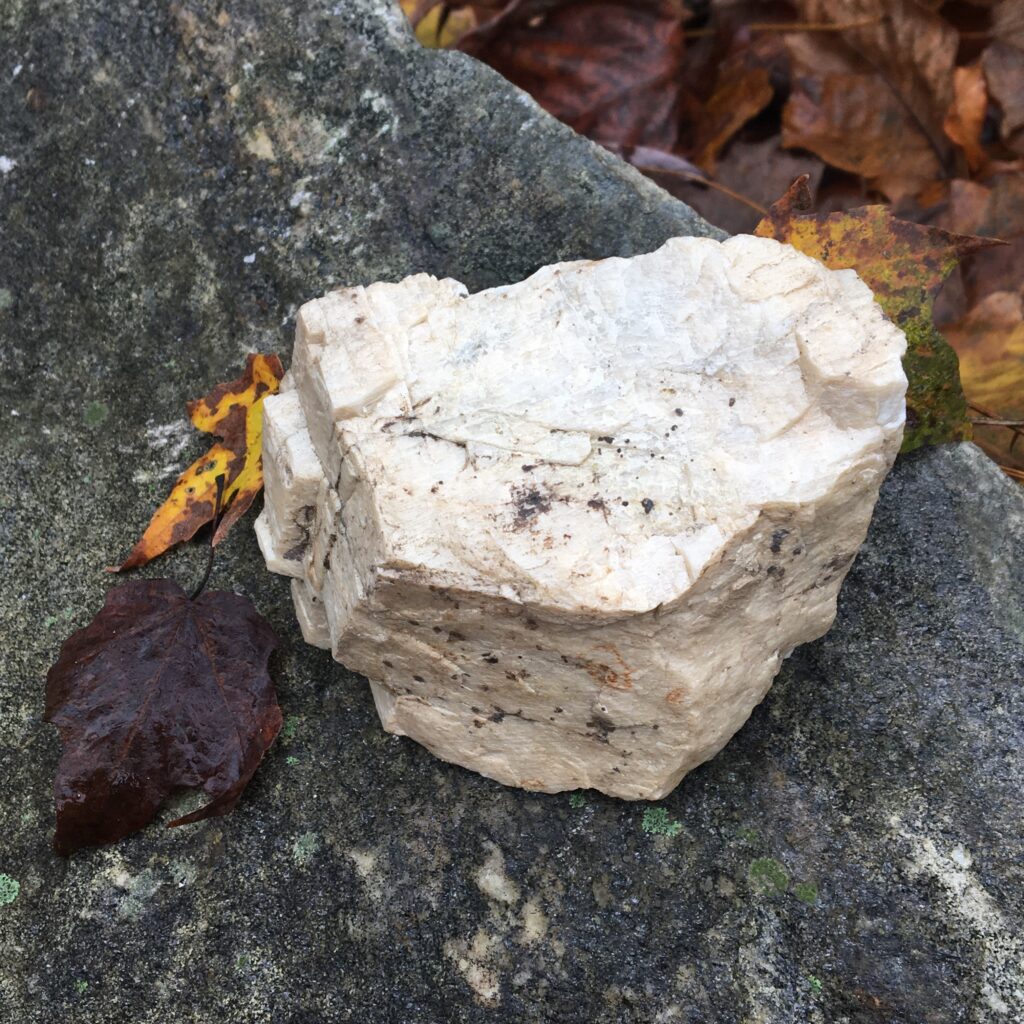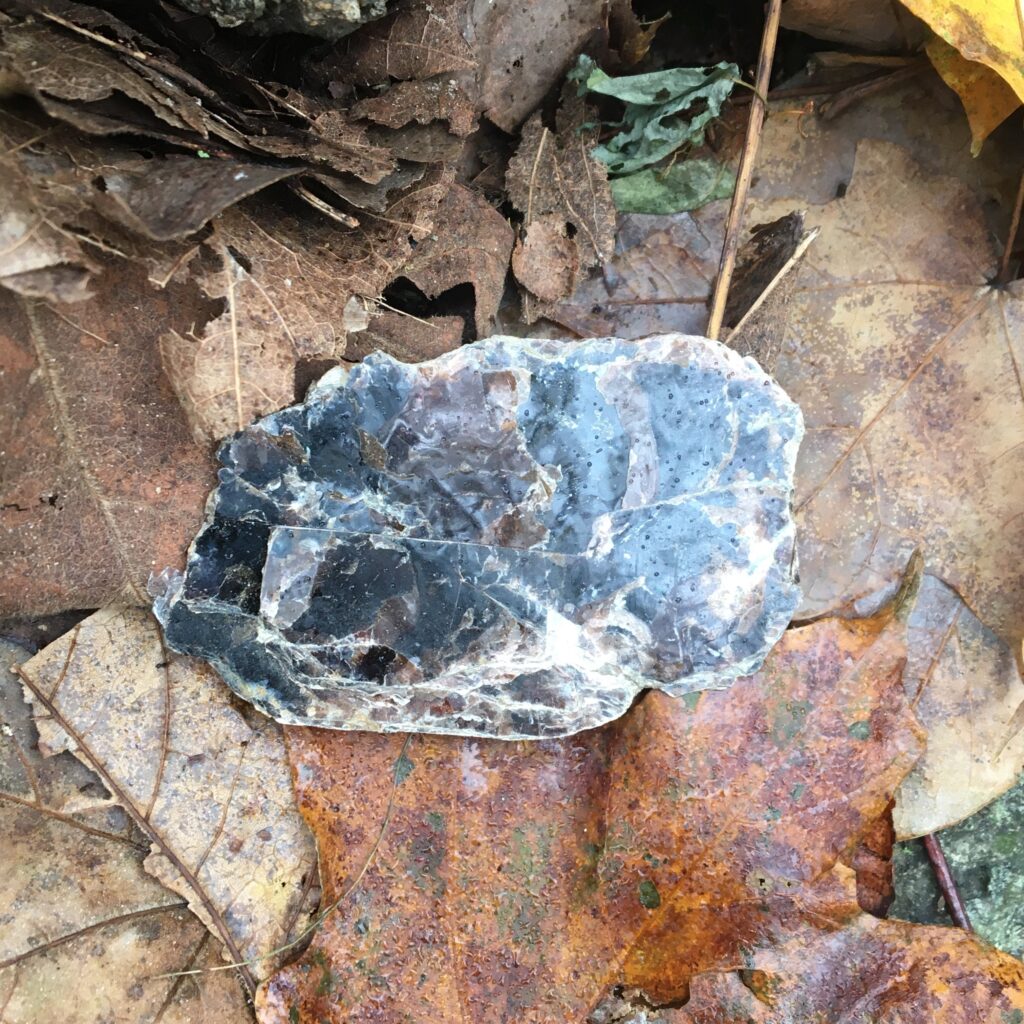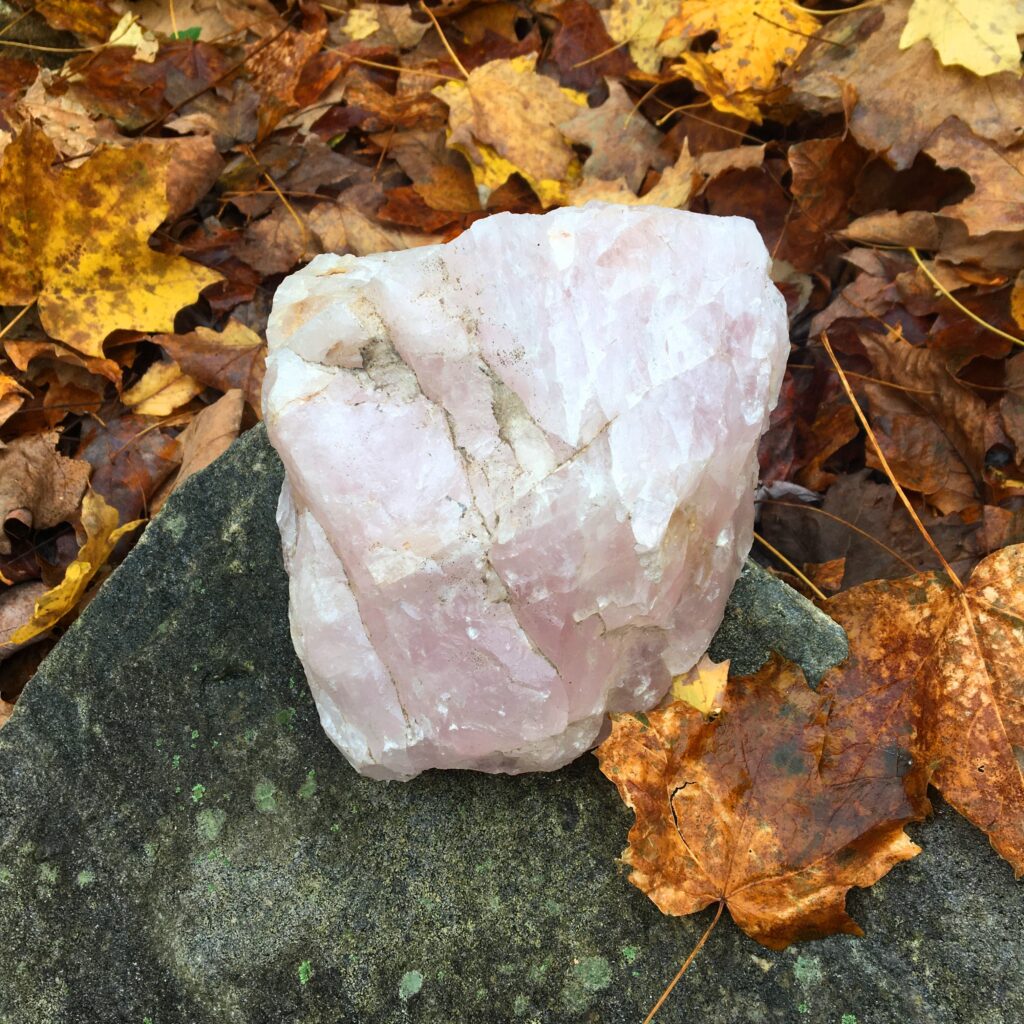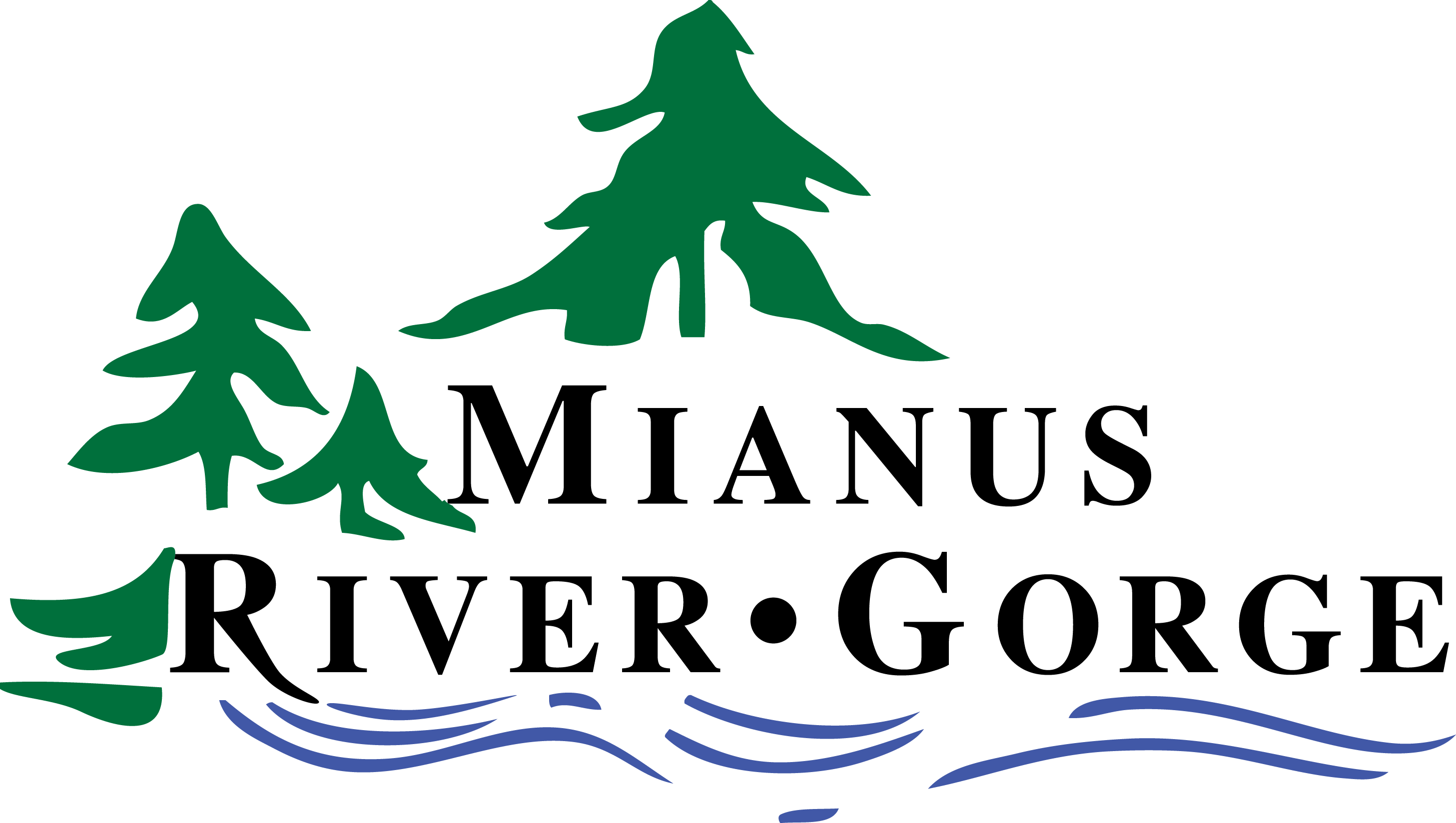By the end of the 18th century, the quarry industry began to take off in Westchester County, providing stone for roads, lime, and iron production. As New York City continued to expand toward the end of the 19th century, the demand for granite increased and granite quarries began to open up across the southern parts of the county and across the border in southern Connecticut. These quarries provided the granite for many famous structures such as Grand Central Terminal and the George Washington Bridge.
Here at the Mianus River Gorge Preserve, we are proud to showcase our very own Hobby Hill quarry. Just about a mile down the red trail brings you down to a small, long-abandoned quarry. Before European settlers arrived, this area was likely mined by Native Americans to make arrowhead, tools, and pottery. Later, local farmers actively mined this quarry before it was owned by local resident Albert Hobby. The quarry was operated by Otto Buresch for commercial use beginning in 1878. Donkey carts were used to haul out feldspar, mica, and rose quartz that were then transported to the Bedford Hills Depot to be sold for manufacturing.
Today, the quarry trail is a wonderful place to see these beautiful minerals up close. The trail itself even glitters with crushed mica. The quarry is one of the most unique and interesting locations on the preserve, and we hope to see you down there!



Feldspar, Muscovite, and Rose Quartz
